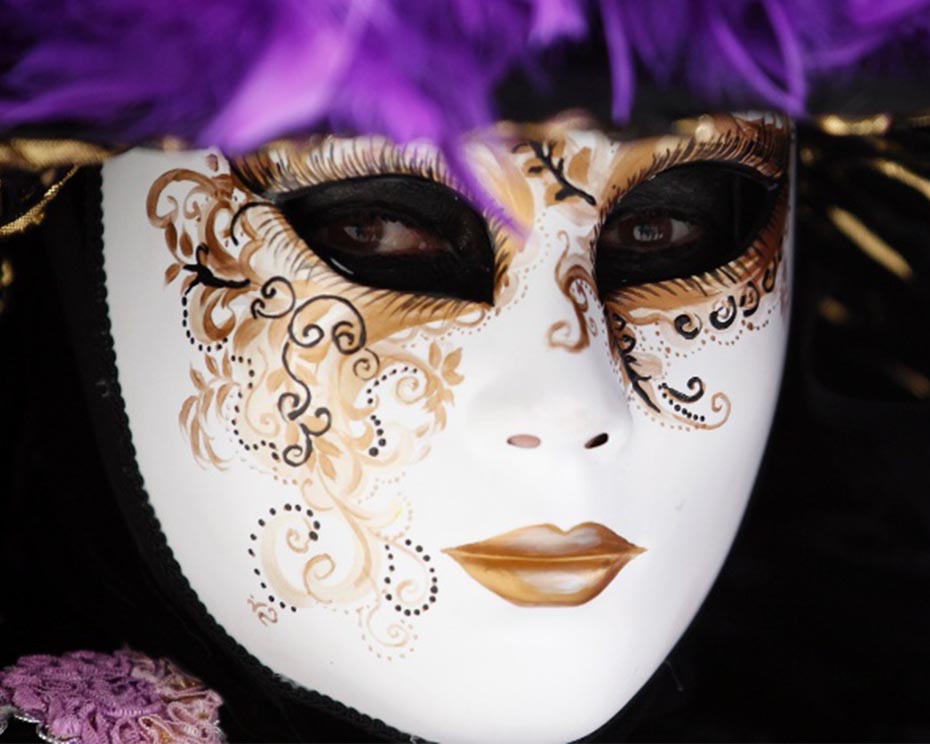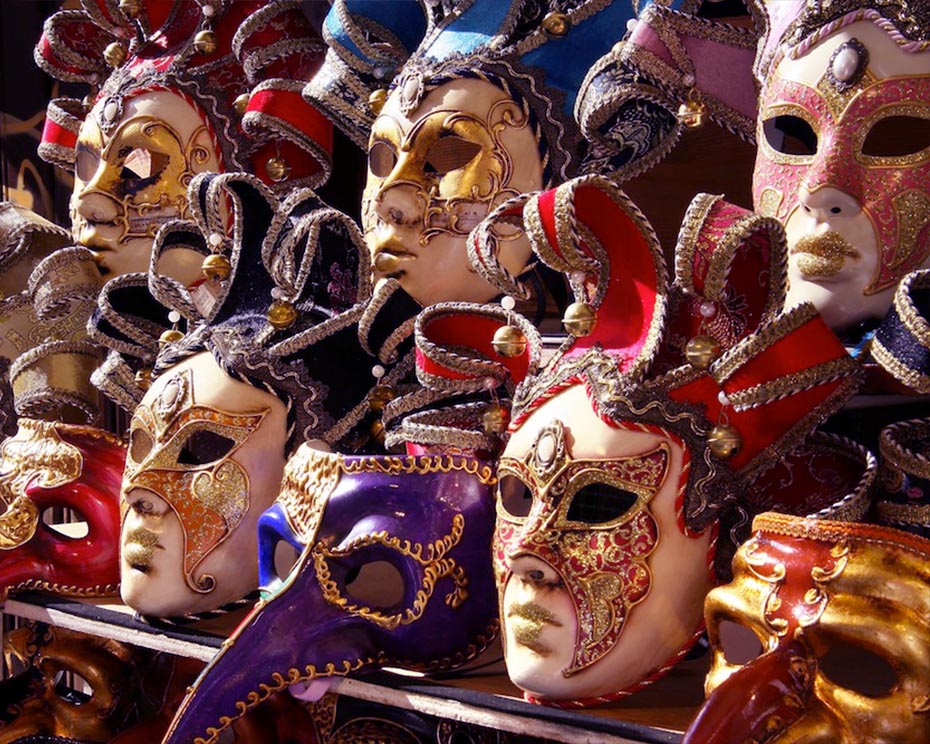
Carnival Masks and their History
Origin and History of Carnival Masks
The origins of masks around the world date back to the beginning of time. These historical masks have held different spiritual significances and had different purposes for humans, depending on the era. A mask can reveal a lot about different civilizations in history. They can tell you whether they were reckless or feared, aggressive or friendly, and even inform you about their ethics and morality.
Throughout famous masks in history, there were many differences as well as many things in common regarding the value masks held for different societies and civilizations. The pre-Columbian Masks, like the Shamans of Andean tribes, represented devils and gods and were used as a way of communicating with the afterlife.
In Africa, masks were used as a means to connect with their ancestors. They were also used as a way to transform into an animal or to transgress the barrier to the past or the future. Many African tribes believed that their masks provided them a direct connection with the supernatural.
The word mask comes from the Latin “mascus” and “chew”, which means ghost. In Arabic, “maskharah” literally means jester and man with a mask.
The Greeks and the Romans were the first societies to wear masks that covered their entire heads, and they would also add false wigs, ears, and noses to give it a more theatrical touch. This was mainly because the primary reason these ancient masks were used was for theatrical purposes.
Masks throughout history were mainly used in plays because the masks brought them closer to the appearance of the characters they were trying to portray. Thanks to face masks, the actors were able to transform into another creation. This was the earliest form of special effects in the history of masks around the world.
Masks ceased to be used as frequently in Europe for a few centuries until the Renaissance period when they made a comeback. To this day, everyone knows the Venetian Masks, which were a key feature of the Venetian carnival, a 1000-year-old celebration. The use of different masks from around the world was established by this carnival.
There are many questions we ask ourselves when we think about carnival masks, such as: When were masks invented?, What was the evolution of masks?, What is the history of wearing masks?, Why were masks invented?, How long have masks been around?, What is the use of masks in history?, When was the first mask made?, When were masks first used?… In this article, we will try to give you the best possible answers to these questions.
Throughout types of masks in history around the world have been created, and in this article, we have selected some of the most exotic ones.
Here are some ancient, traditional, and famous historical masks from different cultures around the world:
African Masks History
The history of African masks is very interesting and cannot deny that masks have always had a long relationship with the African continent. African masks have always played an important role in rituals, ceremonies, and as a way to invoke spirits or represent them.
According to historians, they believed that these masks fused with their soul and with the soul of animals. They believed their masks provided them a connection to the spiritual thanks to their masks.
African masks were normally made of wood because it was believed that wood was a living being with a soul and could therefore acquire the properties of the tree by obtaining part of its strength.
These masks were found in different parts of Africa, such as Cameroon, Nigeria, Gabon, Kenya, and West Africa. The majority of these cultures shared a love for nature and a desire to be in harmony with the environment. They felt a love and respect for everything that surrounded them and believed that they were part of a whole.
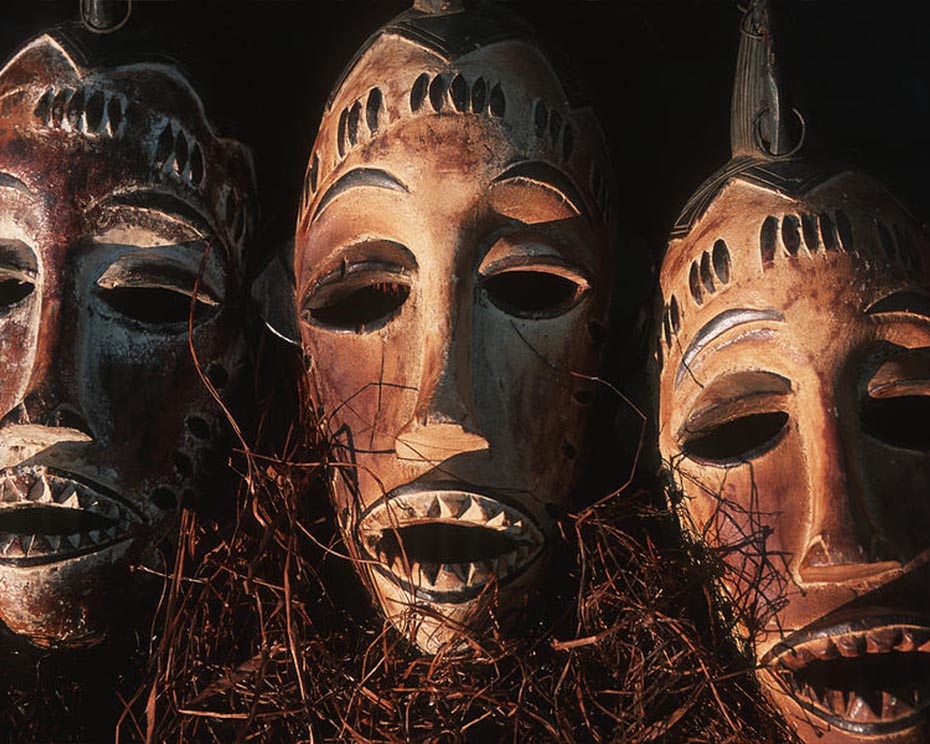
Pre-Columbian Masks
Masks have also been found in the Aztec cultures in various regions of what is now Mexico and Peru. They used them mostly in public events, religious ceremonies, and even during some battles in local wars.
The pre-Columbian masks were considered very valuable objects in their day because they were used as offerings to the gods. In the Olmec culture in the Gulf of Mexico, masks carved in stone from 1000 BC were found. These masks are famous for their gestures, suggesting human faces mixed with those of animals. This is a clear sign that they believed in the supernatural and felt connected to their environment.
In Mexico, another type of mask belonging to the Teotihuacan culture was also found. These masks date back to the 1st century. They have more human and serene expressions, suggesting a greater devotion to the Earth than to the divine.
It is believed that they stopped being used when the Spanish conquerors saw them wearing such masks because the Spanish viewed it as a danger to converting the indigenous people to Christianity.
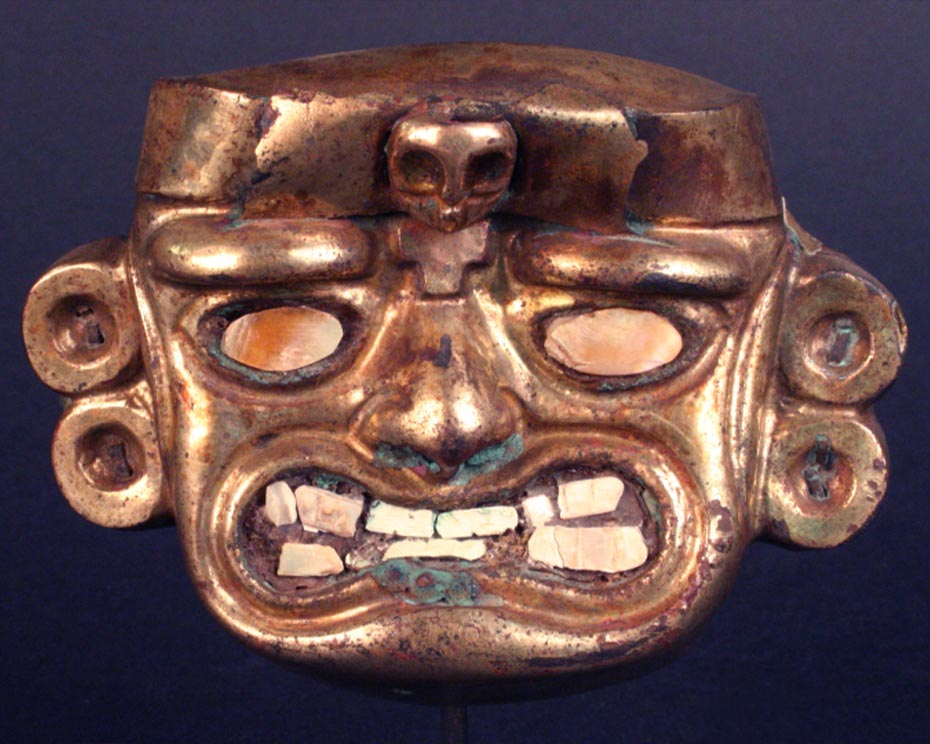
Egyptian Masks
In Egypt, most of the masks had a funerary purpose. The Egyptian masks were a clear example of their belief in life after death. These masks were designed to cover the faces of the deceased and prepare them for their new life.
Initially, the masks used in Egyptian culture were made of materials such as lime, wood, linen, and fibers. This method of making masks was perfected to such an extent that they were able to create them completely in gold.
As you can imagine, the Egyptian gold masks were reserved for the pharaohs because they symbolized status and served to differentiate the pharaohs from the rest of society.
The masks were not only used for the dead but were also employed to represent the gods in sacred ceremonies. Horus was represented by a hawk and Anubis by a jackal. These masks have been key to understanding the scale of beliefs in ancient Egypt.
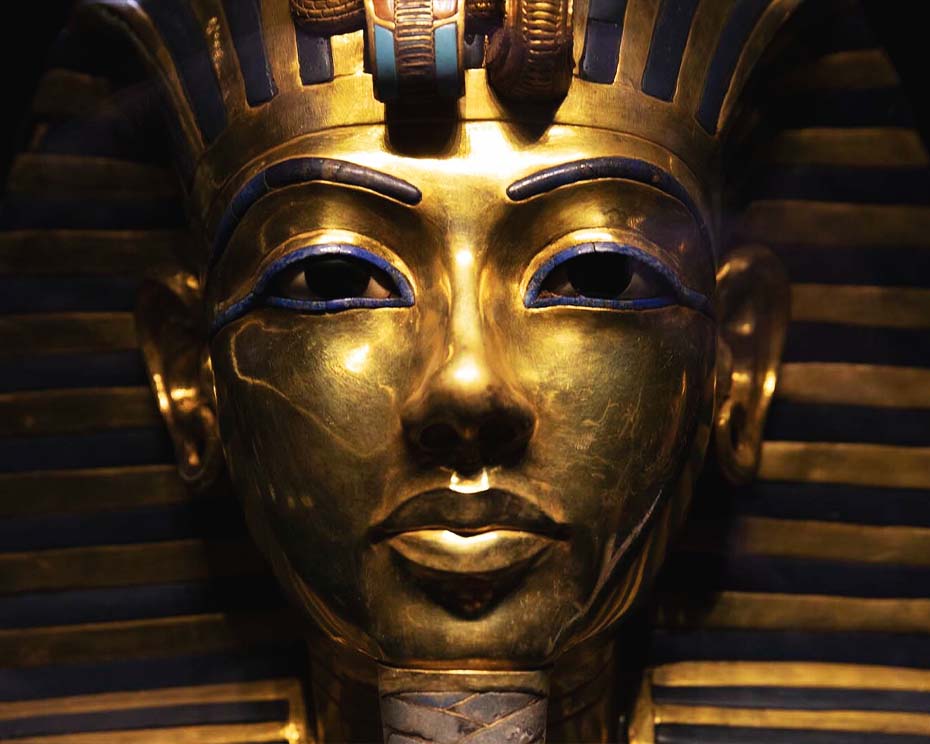
Greek Masks
In ancient Greece, we found a paradigm shift concerning predecessor cultures. While earlier civilizations used masks for sacred rites, rituals, and to connect with the afterlife, in Greece, we observe how they began to use them for artistic activities such as theater.
This change originated in divinity because masks were used in rituals in honor of the god Dionysus. In these rituals, participants would dance, sing, and perform ancient stories. This was before the birth of theater.
The Greek masks in theater were divided into three styles. Comic masks were often crude, exaggerating facial features, essentially being the first cartoons in the history of masks.
The satirical masks were more fantastical, mixing elements of animals with human features. The tragic masks were often the most beautiful because they were associated with love, lack of love, loss, and provided a touch of reality with flashes of beauty that allowed people to feel empathy.
The Greek masks were another incredible element that contributed to ancient Greek culture, which has gone on to become important art forms that we enjoy today through film, comedies, or television.
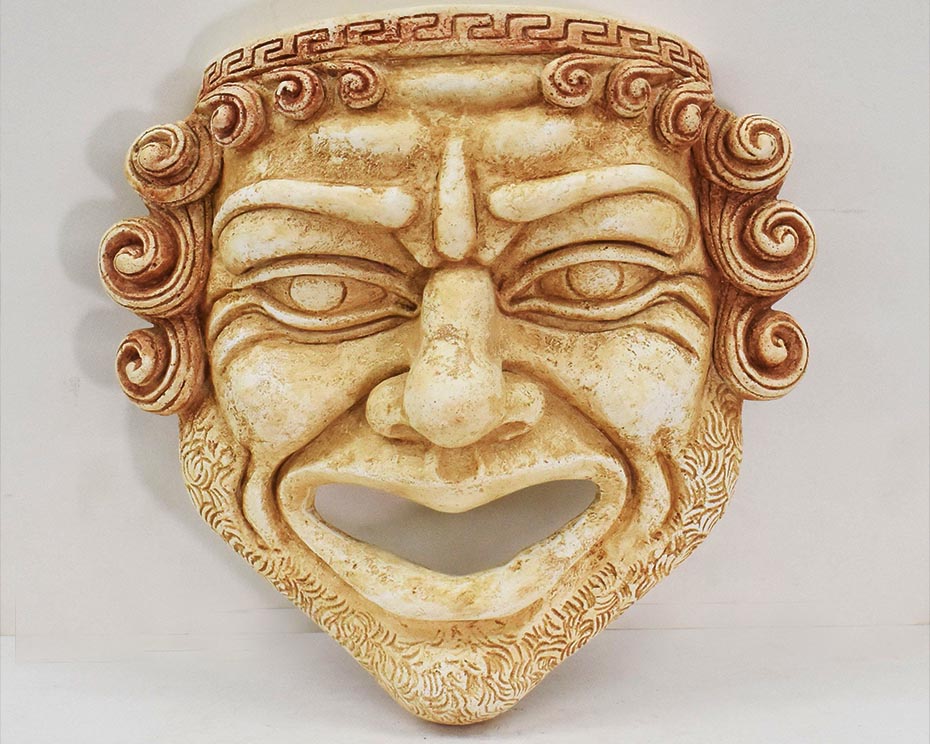
Venetian Masks History
The Venetian masks are perhaps one of the most universal icons of the carnival! Although they were not always as we know them today. Initially, they were rather theatrical, as Venetian actors used them to represent their works. The masks looked different before they became a universal hallmark of the carnival.
The Venetian mask changed roles when it came to carnival. The masks were worn during carnival so that one could become anonymous. When you become anonymous, you could be whoever you wanted, and in many cases, do whatever you wanted; freedom and immortality were two good reasons to wear them. It allowed the rich to mingle with the poor or a bored housewife to enjoy a fling.
The rise of Venetian masks transcended the carnival and has become part of numerous events that are not even related to carnival, such as political meetings or theatrical performances.
